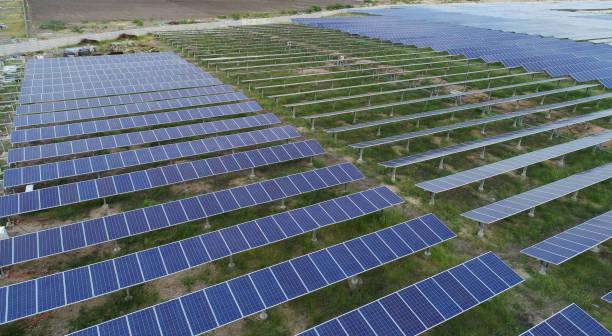Solar Inverter Installation: A Step-by-Step Guide

Introduction
Installing a solar inverter is a crucial step in setting up a solar power system for your home or business. A solar inverter, also known as a photovoltaic inverter, converts the direct current (DC) electricity generated by your solar panels into alternating current (AC) electricity, which is used by most household appliances. Proper installation ensures that your solar system operates efficiently and safely. This guide provides a clear, step-by-step approach to help you through the installation process.
Preparing for Installation
Before starting the installation of your solar inverter, it's essential to prepare adequately. Begin by selecting an appropriate location for the inverter. It should be installed in a shaded, well-ventilated area to prevent overheating and ensure optimal performance. Common locations include garages, utility rooms, or basements. Ensure that the area is easily accessible for maintenance and that there is enough space around the inverter for proper airflow. Once the location is chosen, gather all necessary tools and safety equipment, including a drill, screwdriver, wire cutters, and personal protective gear.
Installing the Solar Inverter
With the preparation complete, you can proceed with the installation. Start by mounting the inverter on the wall or a suitable surface using the provided brackets and screws. Ensure that it is securely attached and leveled to prevent any operational issues. Next, connect the inverter to the solar panels and the electrical system. This involves connecting the DC wires from the solar panels to the inverter’s DC input terminals and the AC wires from the inverter to the electrical panel. Carefully follow the manufacturer's wiring diagram to ensure correct connections. After all connections are made, double-check them for security and accuracy.
Conclusion
Proper installation of a solar panel inverter is vital for the effective operation of your solar power system. By following these steps, you ensure that your inverter is correctly positioned, securely mounted, and properly connected to both the solar panels and your electrical system. Remember to regularly maintain your solar inverter and monitor its performance to ensure it continues to operate efficiently. With the right installation, your solar power system will provide reliable and sustainable energy for years to come.
- Art
- Causes
- Crafts
- Dance
- Drinks
- Film
- Fitness
- Food
- Jogos
- Gardening
- Health
- Início
- Literature
- Music
- Networking
- Outro
- Party
- Religion
- Shopping
- Sports
- Theater
- Wellness
- IT, Cloud, Software and Technology


